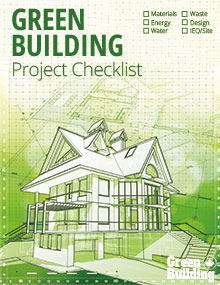Construction is underway on a unique affordable housing project in Leamington, Ontario.
The project will have the distinction of being a couple of “firsts:” the first 3D printed residential home in Canada, as well as the first 3D printed multi-unit residential building in North America.
Located on the site of the Bridge Youth Resource Centre, the building is a four-plex with self-contained, one-bedroom units. Each 500 sq. ft. apartment will be rented out by the Bridge when the building is complete.
The Bridge serves local youth by providing assistance with housing, education and employment, as well as mental health and addiction support. Units will be accessible, as well as net-zero ready.
Partners for the project include Habitat for Humanity Windsor-Essex (HHWE), the University of Windsor, Invest Windsor-Essex (IWE) and Nidus3D, with funding coming partly from Canada Mortgage and Housing Corporation’s Innovation Fund. The budget for the project is $600,000.
The technology looks set to play a promising role in helping affordable housing providers find innovative ways to navigate the current housing crisis. IWE Executive Director Matt Johnson tells the Windsor Star:
“As an emerging technology, 3D printing could be a game-changing solution to the current housing crisis through the efficiency of building, promoting housing density and reducing costs associated with construction.”
3D Printing’s Potential for Green Builders
It’s not just organizations who struggle to help their clients find housing who are paying attention to the project, though. The technology enables builders to custom design homes quickly and efficiently and with fewer resources, and is expected to become more common as a sustainable building method.
3D printing offers builders an innovative way to reduce transportation emissions and construction waste and to save on materials. In this case, the exterior walls of the four-plex were printed from a concrete mix of crushed gravel. IWE’s Bryan Holmes tells Construct Connect:
“You can also recycle more material. In the case of crushed gravel, if it doesn’t work on a house, or if there is a misprint or something goes wrong, they can cut that section out and just regrind it, add some more binding agent, and throw it back in. So, there’s no waste.”
The units are expected to be ready for their first occupants in July, 2022.
Image credit: Osman Talha Dikyar


